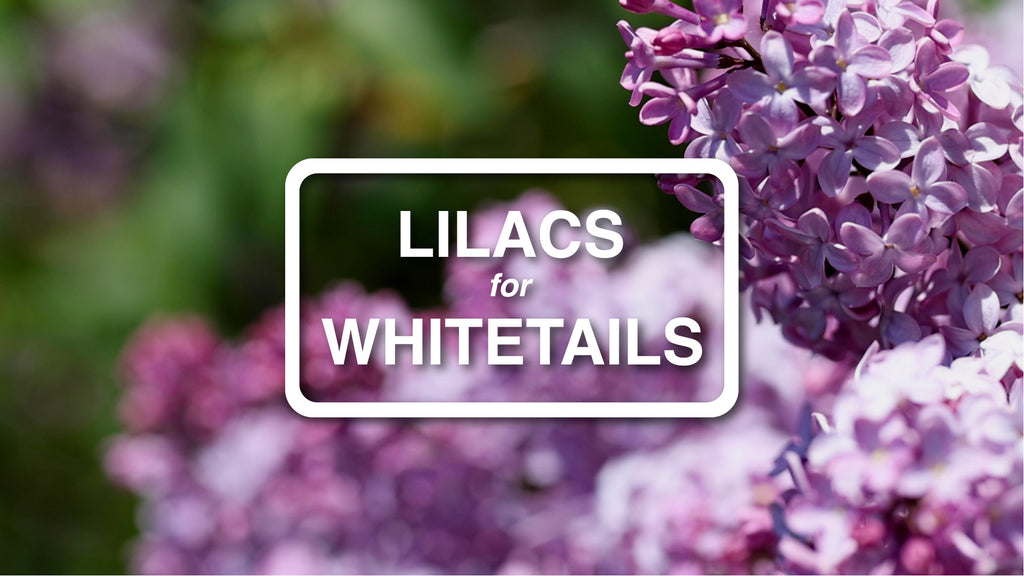
With plenty of time on my hands from covid lockdowns, I set out with one goal in mind: Increase deer and wildlife movement in the open field areas of my property, which just so happens to have half a mile of seasonal road frontage. Not that it’s superb forage by any means, but I honestly don’t ever recall seeing more than one or two does at a time on this section of the property. The back corner that’s wooded, well you’ll see about 5-6 a night. This field section of my property also attracts a variety of ducks and geese. As an avid waterfowler it can be aggravating to have birds leaving the property because of the amount of traffic flowing down the gravel lane.

Implementing a screen for a property, certainly the thought of switchgrass and other plants of that nature comes to mind. Semi-immediate results of course, and a much shorter time frame than planting trees and bushes. With the onslaught of covid lockdowns, I didn’t know if my business was even going to survive. There was no way in hell I was going to pay anyone the last few dollars I had at the moment for seed which yields tall grass. I wouldn’t even pay for a seed that yielded a magic beanstalk.
Now I’m not sure if you’ve seen a fully grown lilac in person, but they are thick! Lilac suckers, new growth shoots that stem up from the main plant keep expanding constantly. One stem will turn into hundreds over the course of many years. Although spreading, they’re nothing alike to something as invasive as Snow on the Mountain. A quick search on the internet says that at maturity, each Lilac will be 8-15’ tall, and 6-12’ wide. AKA, Thick as shit, but not tall enough to impede the flight path of incoming geese which are about to land. With Lilac on seemingly every farmstead in my area, a spade shovel and politely asking another landowner to remove a few of their lilac suckers usually comes with a price of FREE. (Minus a little bit of fuel and elbow grease)
The lilac suckers are fairly easy to dig up with a spade shovel, and plant just as easy. They are very hearty plants, and my efforts have yielded an unofficial survival rate of 90%+. By effort I mean no artificial watering, no additional fertilizer, and no caging (the deer don’t eat them!). Planting them much like any other tree in the springtime is as easy as it gets. I’m a BIG fan of low maintenance.
Lastly, A fully flowered Lilac is quite astonishing actually. A sea of deep purple to white flowers drifting with the breeze. All sorts of pollinators gliding around in the beautifully fresh aroma. Seemingly every lady I know aside from my girlfriend Ellie fawns over a mass of fully blooming Lilac. While my girlfriend can’t stand the “stench of those putrid flowers,” maybe you’ll get lucky and see some of the pollinating birds and bees on the next trip to your hunting property. Plant some Lilac, it’s certainly not going to hurt your chances.
If you'd like to see a little bit more of my progress, the video below is simply that.

Leave a comment